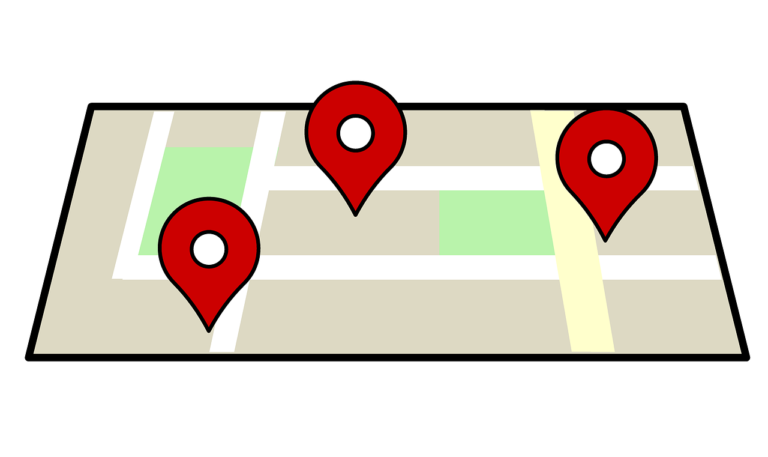- 1300 LIFETEC / 1300 543 383
- mail@lifetec.org.au

With the development of GPS technologies, a number of wearable location devices have become available on the market. These technologies are seen as cost-effective systems of support for people who wander or need to stay connected when navigating the community.
GPS devices have been designed as pendants, watches, or fobs and some have been integrated into clothing such as shoes. These devices provide information on the location of the wearer and allow support people to locate the person should they press a call button, fall, or move outside a safe area. Most allow two-way communication between the wearer and support person and some have additional alerts such as an inactivity or speed detector to advise when the person is not moving or has entered a vehicle.
How can we support the uptake and effective use of location technologies?
GPS devices offer many potential benefits to older people, people with disabilities and carers. The location and tracking functions provide ‘peace of mind’ to the carer and the person wearing the device. But more importantly, recent research highlights the value of these technologies in promoting the safety and independence for older adults and people with a disability, enabling them to safely navigate the community and access support when needed. This is of tremendous value in encouraging people to remain engaged in the things they want and need to do. It also reassures family and carers who might otherwise discourage a family member from leaving the home or moving about in their community. However, the uptake of these devices has been disappointing, which suggests challenges to adopting these new technologies.
Initial research into the potential use of GPS devices highlighted ethical concerns about monitoring people with dementia, and the potential stigma of wearing GPS devices. Concerns regarding autonomy, privacy, informed consent and capacity have been robustly debated from the point of view healthcare providers. However, caregivers of people living with dementia and wearers have been more concerned with safety than privacy. They see these devices as increasing safety and preventing harm rather than comprising their rights. Caregivers also believe that any decision about wearing a GPS device needs to be made collaboratively with the wearer and carer involved.
Through our research with consumers, LifeTec has found that the design of devices impacts on uptake and successful use. People show a preference for devices that are small, lightweight, waterproof, comfortable, and easy to wear, use and recharge. Reliability and accuracy of location data is another important consideration for many people who are contemplating a GPS device. Whilst these devices provide reliable information on the location of the wearer outdoors, location information indoors, in places like shopping centres where GPS tracking signals can be interrupted, is not always well defined. ‘Real time’ tracking notifies the support person of the location of the wearer on request. However this information may not be sufficient to determine where the person is headed. Continuous tracking provides valuable information of a person’s path of travel which can be useful in an emergency.
People, especially older people, can be concerned about how to manage and use these technologies. The demands placed on carers and support staff can present a challenge to the uptake and effective use of location devices. Support and training can allay these concerns and ensure that the technology is set up to suit the wearer and carer and managed well. The immediate and ongoing costs of these devices can also present a challenge to people who have many competing demands on their budgets.
To promote the uptake and use of GPS location devices, it is important to explain the benefits and opportunities that GPS devices offer. We need to move from a traditional view of these devices, where they are seen as a mechanism for containing people with dementia and tracking wanderers and reducing care burden, to realising their true potential. A wellness perspective recognises the rights of all people to be involved in their communities and be socially included. These devices provide a means of proactively managing risk and giving people the confidence and support they need to remain active and independent.
Whilst people recognise the value of these technologies, they can become overwhelmed when exploring these new technologies. As more devices enter the market, people benefit from practical guidance and expert support to guide them through the different options and explore how various features will work in their situation. Tailored solutions require careful customisation and set-up ensure they work well for the wearer and carer alike. Finally, people will be looking for guidance managing the technology in their current situation and into the future.
Desleigh de Jonge & Zoë du Cann
LifeTec Australia
Share This Page:
Not sure what funding is available to you? Have questions on the type of services we can provide? Start your journey with us by sending us an enquiry today!
Brisbane Office:
Mon-Fri: 8.30am- 4.30pm
Sat/Sun: Closed
Townsville Office:
Mon-Fri: 8.30am- 4.30pm
Sat/Sun: Closed